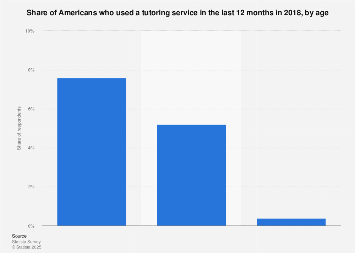Allow Us Talk About The Sorts Of Welding In This Write-Up

Content written by-Rivers Mcintyre
Whether you are an expert or someone simply finding out just how to weld, there are a few points you need to recognize. Several of these things are common sense, but others might be extra confusing. You should additionally recognize that there are several different kinds of welding These consist of: TIG, arc welding, and gas metal arc welding
Atomic hydrogen welding
Developed by Irving Langmuir, atomic hydrogen welding uses an electric arc to weld. how to become a welder without school is suitable for welding stainless-steel and also various other alloys. It is also used for fixing dies and various other tools. It produces spick-and-span and high quality welds.
The main benefit of this procedure is that it does not need flux or protecting gas. It is likewise appropriate for small size alloys. However, it is not a good option for large steels or transferring steels. It also has a high price.
The arc generated in atomic hydrogen welding has a temperature of over 4000 degC. In addition, it has the ability to dissociate into molecular hydrogen and also atomic hydrogen.
It has actually likewise been found that the procedure can thaw tungsten, a metal that is hard to bond. It also has the capacity to weld slim sheets of metal.
Globular transfer welding
Using a high warm, globular transfer welding produces a blob of filler steel. It resembles short circuit welding, however is restricted by the irregular geometry of the resulting weld. Welding operators must recognize the advantages and negative aspects of each welding procedure. Knowing which one is right for your welding application is crucial.
Globular transfer welding is an inexpensive process that can be made use of to weld 1/8 inch base products. The wire feed rate and also voltage needed for globular transfer welding are normally greater than those required for short circuit welding The procedure also calls for a better amount of securing gas circulation. This is due to the bigger dimension of the beads created by globular transfer welding.
additional resources of filler steel created by globular transfer welding is larger than the size of the welding wire. This makes the procedure difficult to regulate.
Gas steel arc welding
GMAW is a welding method that makes use of an electrical arc to bond metals. It was established around the millenium. Gas metal arc welding (GMAW) can be done by hand or immediately. It is one of one of the most preferred welding approaches for welding corrosion-resistant alloys. In the very early days of GMAW, carbon electrodes were made use of.
The surface area tension of the weld swimming pool is necessary for a top notch weld. It minimizes spatter and offers an excellent weld high quality. It also helps to make the arc show up constant to the human eye.
The standard tools needed for gas steel arc welding consist of an electrode wire, a welding weapon, a wire feed device, and also a shielding gas supply. For welding steels, a 70 percent argon, 28 percent co2, as well as 2 percent oxygen mix is becoming preferred.
TIG welding
Despite its simpleness, TIG welding is an intense procedure that requires careful control of welding specifications. TIG welding generates a weld with a smooth surface, making it perfect for a vast array of applications.
The TIG welding procedure consists of a tungsten electrode and also an electrical arc. The electrode has a melting point of 6,192 levels Fahrenheit, which enables it to hold up against the warm temperature of the welding arc. TIG welding is used to weld non-ferrous metals and steels that are immune to deterioration.
The process of TIG welding can be carried out by hand or autogenously. The welder holds the torch in one hand while feeding the filler rods with the other. Prior to beginning the welding procedure, the welder has to change the equipment setups to match the requirements of the project.
Friction welding
Contrasted to various other forms of welding, Rubbing Welding is a reasonably cost-effective process, especially for smaller sized components. In addition, it creates a high toughness interface with a reduced tension weld. It also has the advantage of enabling the joining of different products without the need for costly tooling. Furthermore, it is well-established in the design globe.
The basic concept behind friction welding is that kinetic energy is moved right into the freely revolving part when the wanted rotational rate is gotten to. In some cases, the product stays in a strong state throughout this process.
Friction welding uses a combination of revolving and also pressurized elements. https://squareblogs.net/clark7gayle/how-to-come-to-be-a-welder-via-welding-training enhances promptly when the rotation stops, which creates frictional heat. A high-speed spindle is used for the weld process.

